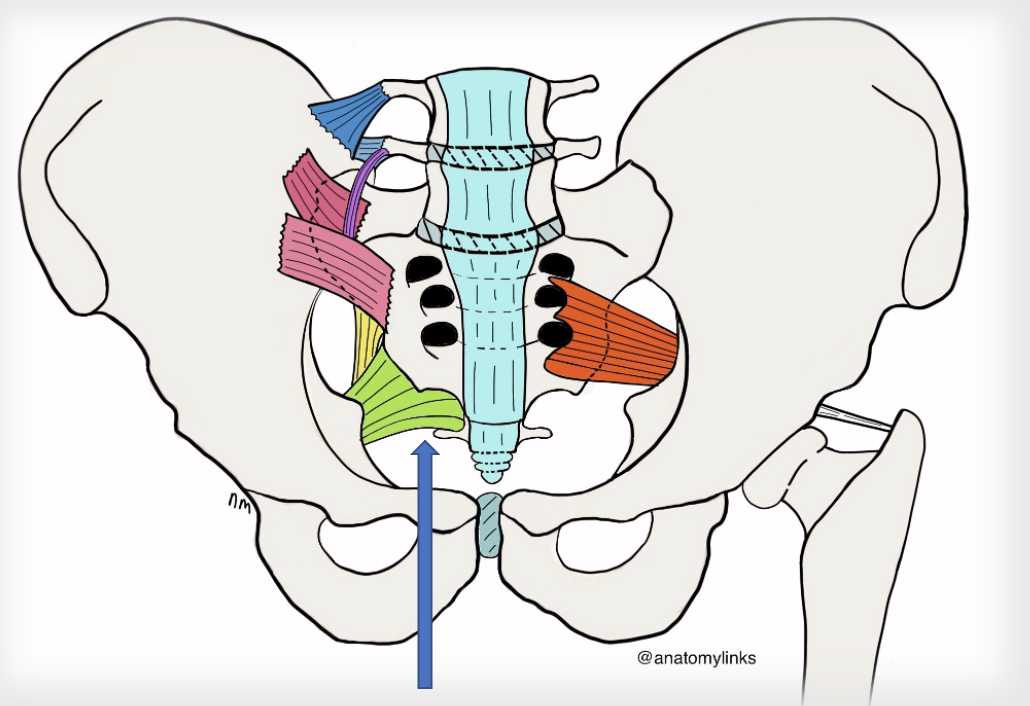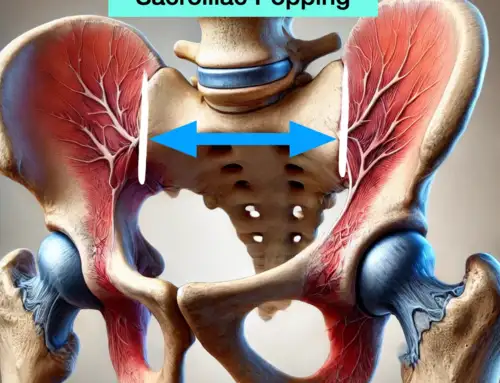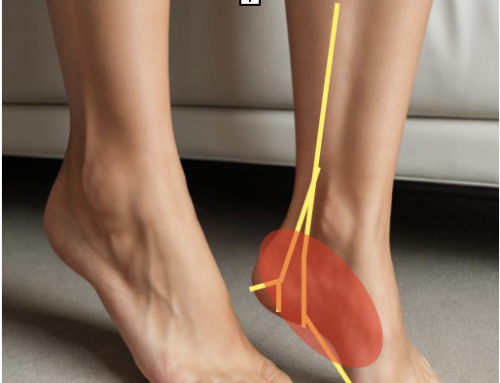Sacrospinous Ligament: Anatomy, Vaginal Suspension, and Function
The Sacrospinous Ligament connects the spine of the ischium (pelvic bone) to the outer edge of the sacrum and coccyx, and the sacrotuberous ligament assists in pelvic stability. The sacrospinous ligament and sacrotuberous work together to prevent the sacrum’s forward motion and prevent twisting of the sacrum on the pelvis. The Sacrospinous ligament is an important consideration in urology, vaginal prolapse, and sacroiliac joint pain.

Anatomy
The Sacrospinous ligament covers the coccygeus muscle and is a part of the borders of the greater and lesser sciatic foramen. These foramina create a safe passageway for neurovascular structures including, the tendon of the obturator internus, pudendal vessels, inferior gluteal artery, sciatic and pudendal nerve.
Urology and Prolapse
The sacrospinous ligament becomes an important fixation point for a procedure known the sacrospinous fixation or sacrospinous ligament suspension. Sacrospinous ligament suspension is a surgical procedure performed for patients with vaginal prolapse. Uterine or vaginal prolapse occurs when the vaginal vault (top) falls into the vaginal canal due to weakened pelvic floor muscles and uterosacral ligament.
GET IN TOUCH WITH DR. DEAN
YOU should be able to move the way you’d like to move without experiencing pain. YOU should be able to experience freedom and energy knowing there’s nothing holding back from giving your life 110%. Dr. Dean would like to learn more about your challenges with a quick phone or email before beginning treatment. Contact him today.





